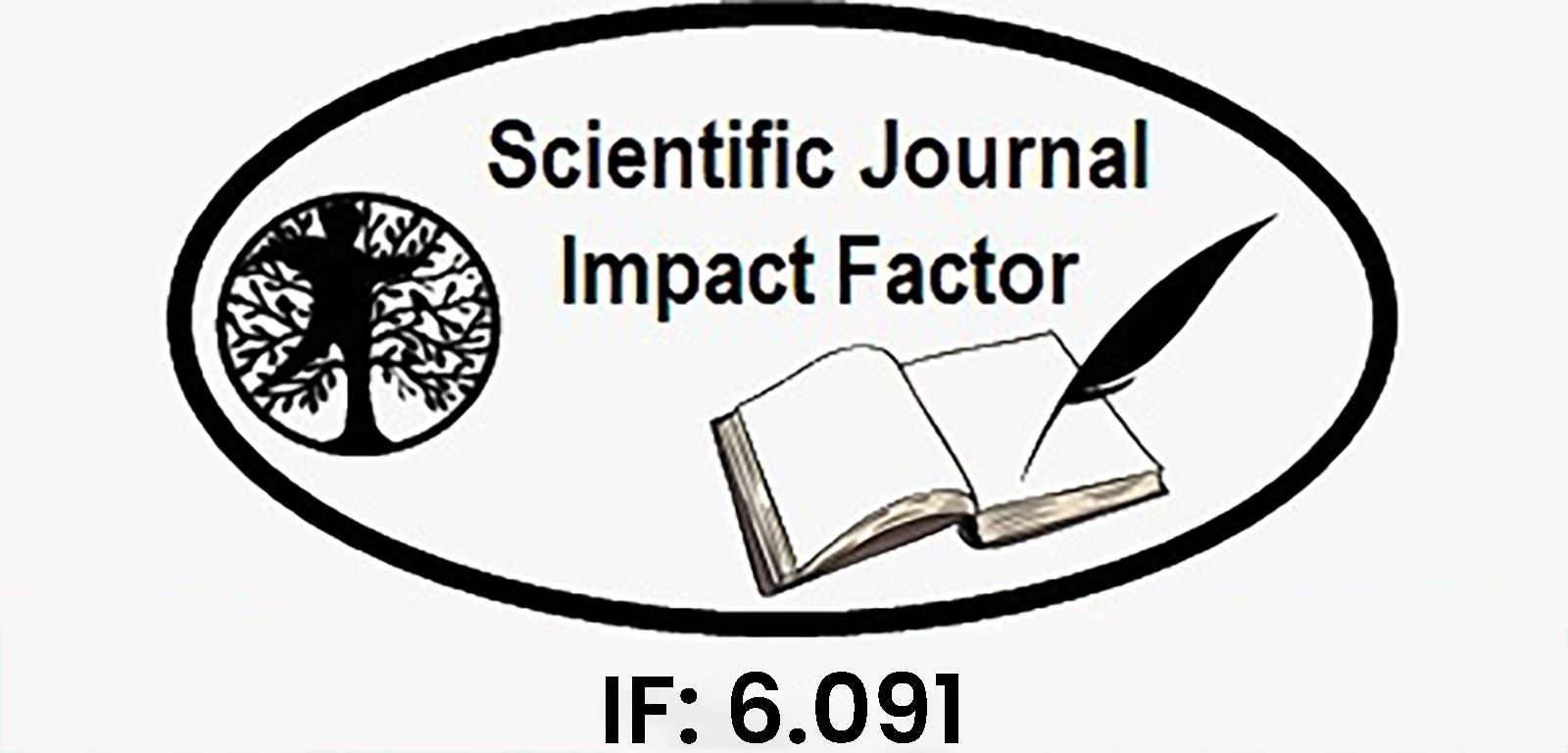FOOD PRINT ENERGY GENERATION SYSTEM
Keywords:
Wireless power transmission, electric vehicle (EV, dynamic wireless charging (DWC, distributed generation (DG) resources, deployment optimization.Abstract
Because electric vehicles (EVs) emit less greenhouse gases (GHGs) and have lower operating costs, their market share is growing. However, a few issues impeding the widespread use of this new technology include range anxiety and charging downtime. By enabling EVs to charge while in motion, dynamic wireless charging, or DWC, seeks to reduce the aforementioned issues. Optimizing the lanes' placements is essential to DWC in order to maximize their use and minimize the system's construction and operating expenses. To prevent grid overload, the additional load that DWC places on the electricity system also has to be taken into account. A realistic traffic simulation is constructed in this study. A novel approach is put forward to distribute distributed generation (DG) resources to sustain the power grid and install DWC lanes in the simulated road network in the best possible way. The approach is used to a sizable road network in Sharjah, United Arab Emirates. The findings show that a DWC system may be profitably and inexpensively implemented to meet the expected demand for EV charging in the traffic network under consideration, provided that there is a 30% EV penetration level.
Downloads
Downloads
Published
Issue
Section
License

This work is licensed under a Creative Commons Attribution-NonCommercial-NoDerivatives 4.0 International License.















